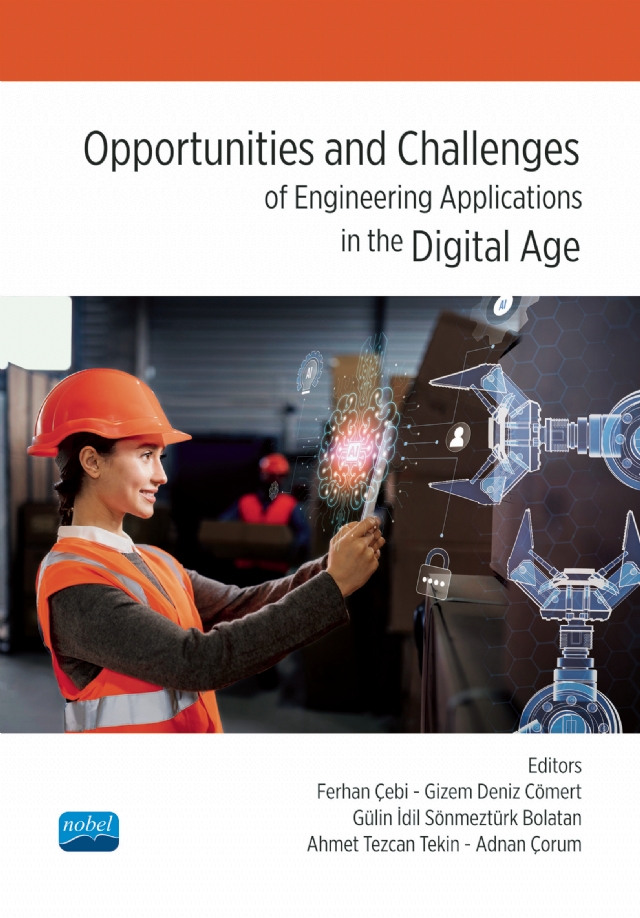A3 Alanı: Mimarlık, Planlama ve Tasarım \ 1-1

The unprecedented expansion of civil aviation over the past three decades drives the demand for new employees (e.g., commanders, first officers, cabin crew, dispatchers, loadmasters, and technicians). The training of these employees plays a vital role regarding safety. Researchers have focused attention sharply on aviation safety and the res...
Devamını Göster
Build Your Own
Microprocessor
Computer architecture defines a set of rules and methods for the organization of a computer system. A microprocessor, as a central processing unit, is the most essential part of it. The microprocessor contains both combinational and sequential logic circuitries that perform arithmetic, logic and control operation...
Devamını GösterMicroprocessor
Computer architecture defines a set of rules and methods for the organization of a computer system. A microprocessor, as a central processing unit, is the most essential part of it. The microprocessor contains both combinational and sequential logic circuitries that perform arithmetic, logic and control operation...
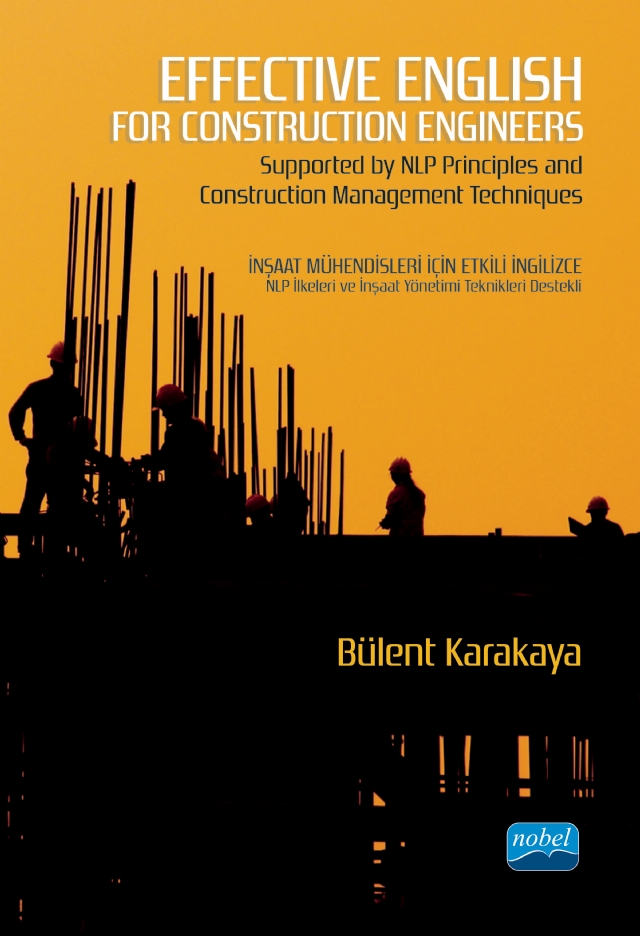
“İnşaat mühendisliği oldukça geniş bir alana yayılan sanat, zanaat ve matematiğin buluştuğu bir meslektir. Böyle bir meslekte hayat boyu süren öğrenmenin, öğrenilen bilgiyi sentezlemenin sonucu problemleri çözmedeki başarı olarak kendini göstermektedir. Bu mesleğe yıllarını veren yazarın uzun yıllara yayılan tecrübe ve birikimlerinin hay...
Devamını Göster
This booklet contains abstracts of the valuable papers presented by the participants, which approach the theme of the event from different dimensions and aspects...
Devamını Göster
An aging society and a stable economy have forced Japan to receive more immigrants and to open its doors to the world, in contrast to the nation's historical distancing away from internationalization and immigration. Although the country is struggling with a labor shortage in almost all sectors, the main target of its immigration policy h...
Devamını Göster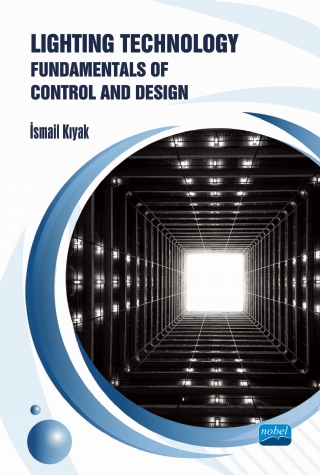
Lighting is a discipline that is necessary for all living things and determines the quality of life. In recent years, besides the obligatory use of lighting, its visuality is also considered important, and therefore the concept of lighting design has emerged. Lighting design is classified as industrial areas, highways and pedestrian roads, ...
Devamını Göster
Programming Solutions for Engineering Problems is a lively book to get the theory of various real-life problems into perspective and to reduce their compl...
Devamını Göster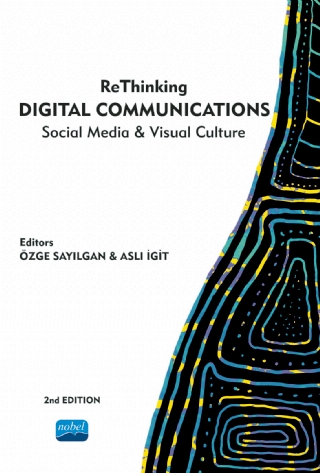
Independently from time and space, today’s digital communication medium provided us a range of possibilities and freedom on the content, speed and forms of communication. Even, a generation has been born and grown up in...
Devamını Göster
The addressees of Simple Introduction to Architecture are both early-years students from architectural faculties and people who have not previously been close to the work of architects but want to learn more about at least some aspects of this interesting profession.

Welcome to the urban living of the future. Cities are not just keeping up with, but also taking the lead as technology advances. Learn about the revolutionary changes taking place in cities all across the world, from the crowded streets of Barcelona to the pulsating back alleys of Tokyo. The book "Smart Cities: Cases & Implicatio...
Devamını Göster
There are a lot of structures on bundles (Tangent bundle, Cotangent bundle, Semi-Cotangent bundle, Tensor bundle, etc.) and n-dimensional differential manifolds Mn. The integrability of tensorial structures on a manifold and their extension to bundles such as tangent and cotangent bundles has been an active research topic for the last 60 yea...
Devamını Göster
Fossil fuels, such as gasoline, coal, diesel, are nonrenewable sources of fuel, and the emission of greenhouse gases as a result of use, create incentive to seek alternate sources of clean energy that may be produced in a sustainable manner. Thus, biorefinery systems should be established to transform renewable materials, such as wood...
Devamını Göster
The book TALE OF A RIVER CITY is as a collective work that aims to narrate the complex history between Antakya's inhabitants and the Asi River running through the city that has shaped Antakya's urban life and its reception for millennia. The book o...
Devamını Göster
Today, many of his works are included in top private and public museums' collections in Turkey, such as Ankara Museum of Painting and Sculpture and Sakıp Sabancı Museum. Mualla retrospectives are run by many internationally recognized modern and contemporary art museums, especially by Istanbul Modern. The most prestigious art g...
Devamını Göster
Development in the range of vehicles has become a notable characteristic of modern towns, as the accumulation of individual wealth and the requirements for transport significantly motivate the ownership and utilization of vehicles. These developments have encouraged researchers to study in this field. Although se...
Devamını Göster
The course of Urban Hydraulics and Hydrology is one of the civil engineering elective courses having essential practical applications in designers' life. It gives useful theoretical and practical information for the design, construction, and operation of system's elements for the supply of potable water and for the collection and transfer o...
Devamını Göster
Utilities in the chemical industries include steam generation, hot oil system, electrical power transformers and electrical distribution panels, air compressors, vacuum system low temperature generators (chiller), water cooling towers, process water, waste removal systems to protect the environment. Also, all activities such as mainte...
Devamını Göster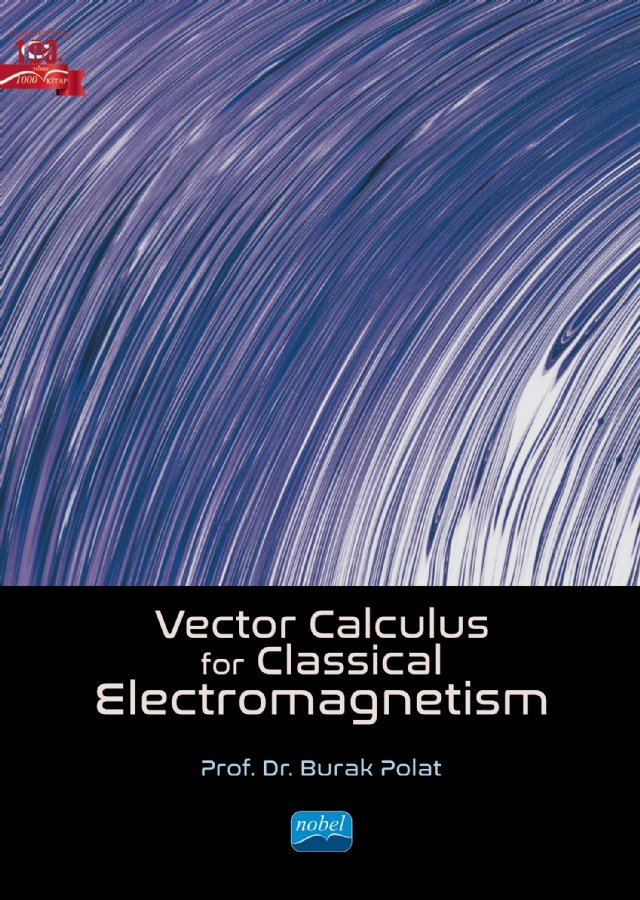
This book is an advanced original text on Vector Calculus aiming university students and researchers from engineering and basic sciences who are interested in the analytical aspects of classical electromagnetism as well as other disciplines of continuum physics. It is an outgrowth of the author’s published works and university lectures throu...
Devamını Göster
